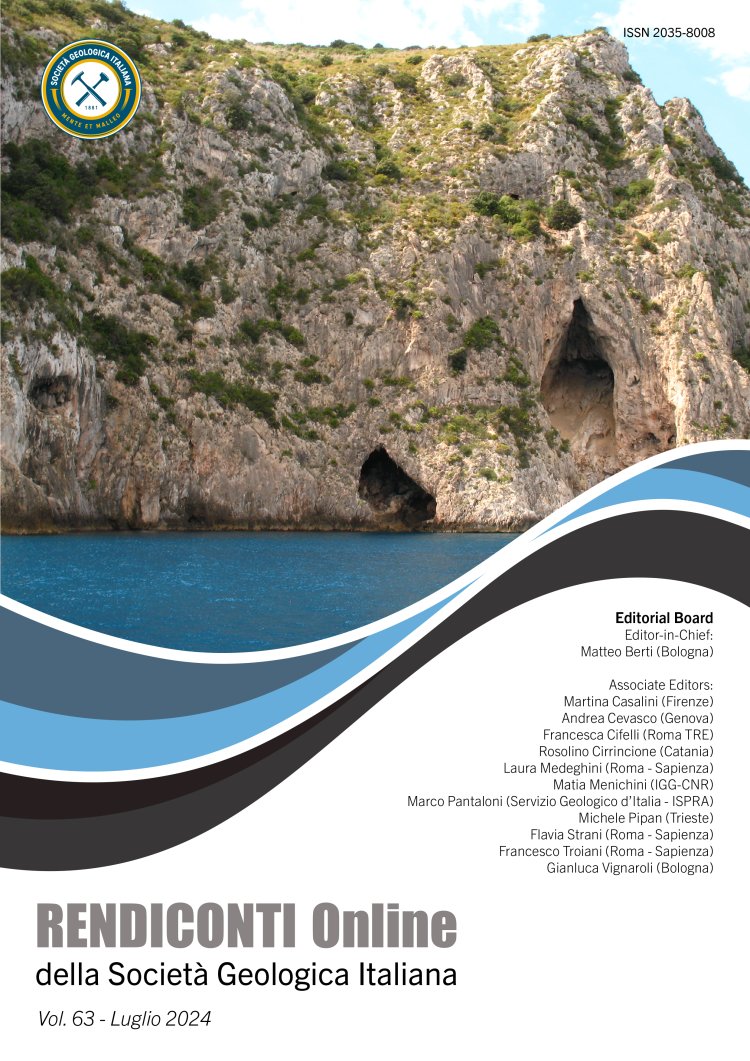
Composition of Late Paleozoic Ice Age tillites in Victoria Land (Antarctica): implications for sediment provenance and ice centers extent in southern Gondwana
Luca Zurli1, Matteo Perotti1 & Gianluca Cornamusini1,2
1Department of Physical, Earth, and Environmental Science, University of Siena, Siena, Italy.
2Museo Nazionale dell'Antartide – Siena Section, University of Siena, Siena, Italy.
Corresponding author e-mail: luca.zurli@unisi.it
Volume: 63/2024
Pages: 37-44
Abstract
The Late Paleozoic Ice Age (LPIA) was one of the most severe glacial phases of Phanerozoic, which led to the development of ice centers within Gondwana. The sedimentary record of the Beacon Supergroup preserves strata related to early Permian ice dynamics. Here we document outcrops across the northern and southern Victoria Land basins in the Transantarctic Mountains (Antarctica); differences come out from the two regions, emphasizing the articulated physiography of the basin and the typology and size of the ice centers. The most common facies are massive to crudely stratified diamictite, sometimes interlayered with mudstone strata. Tillites deposited in a subglacial to ice proximal setting within a glaciomarine to glacio-continental environment, recording climate pulsating waxing and waning ice extent. Diamictite were petrographically analyzed to characterize the mineralogical composition of coarse-grained fraction. Macroscopic and thin section analysis have been carried out on cobbles to determine their petrographic features. The latter reveal that most of them were sourced from the local crystalline basement and from the Devonian sedimentary strata. Clasts composition, together with other provenance tools and paleo-ice flow indicators, allow reconstructing the geological setting of the Permian Victoria Land Basin and the paleo-ice dynamics and ice extent during LPIA in Antarctica.
Keywords
Get Full Text